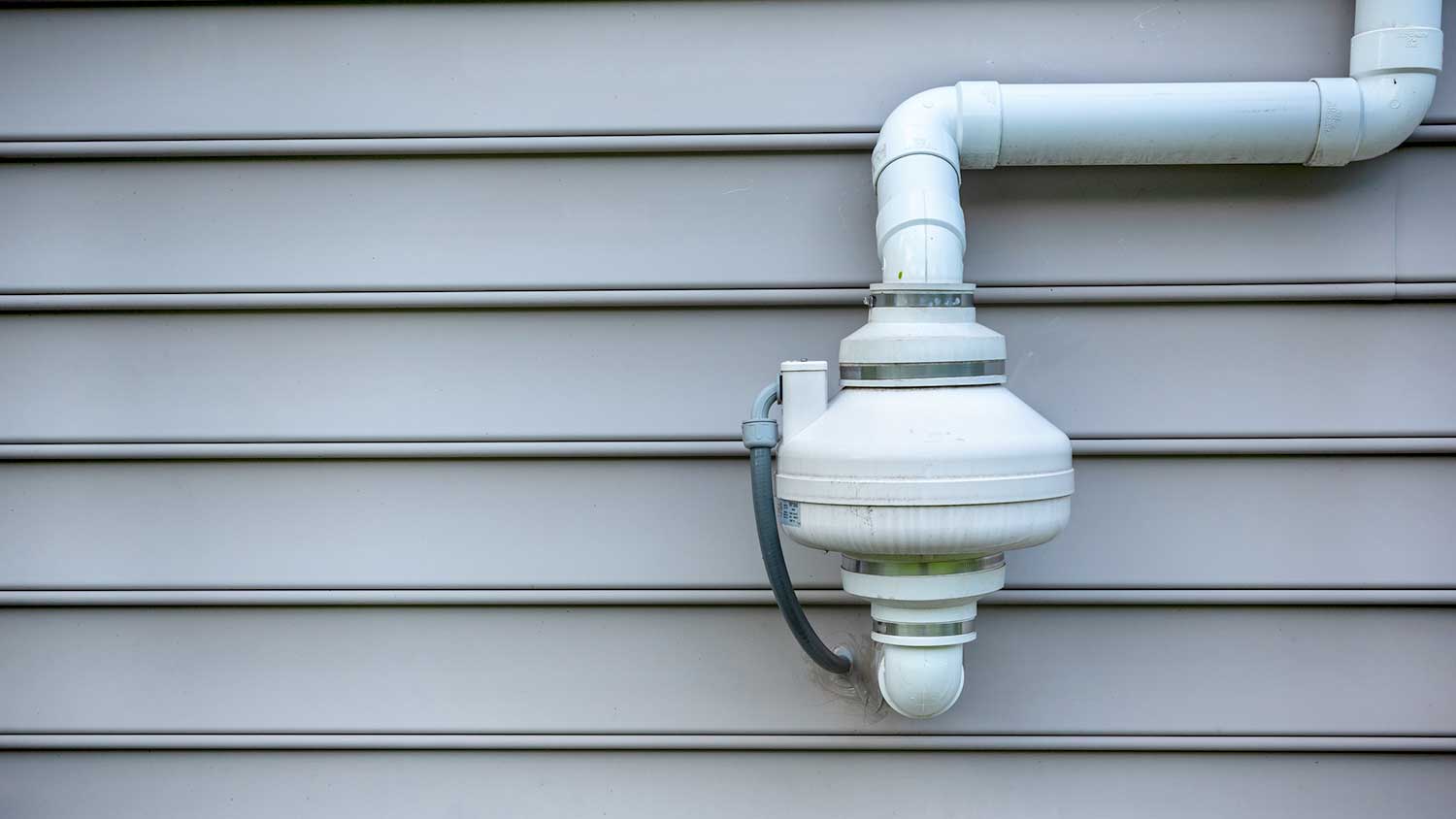
Discover the average indoor air quality testing cost, what impacts pricing, and how to budget for healthier air in your home.
Prepare yourself for mitigation so you can breathe easy


Radon gas is a colorless, odorless, radioactive gas that forms naturally from the decay of uranium in soil, rock, and water. It can seep into homes through cracks in floors, walls, and foundations. Long-term radon exposure increases the risk of lung cancer. If you suspect you have a radon issue, contact a radon remediation pro near you to install a radon mitigation system. Here are some common radon mitigation questions to prepare for your initial conversation.
When you contact a radon mitigation professional, they’ll first ask if you need emergency services. Emergency fixes will be more expensive, requiring your pro to reorganize their schedule to accommodate you. That said, protecting yourself and your family is well worth expediting the work. If it’s not an emergency, your pro will ask when you’d like to have the system installed, and they may make a recommendation for a timeline based on your radon test results.
The size of your space significantly affects how a radon mitigation system works. Radon mitigation systems need to be sized to suit your home, and you may need multiple systems if you have an oversized building. A radon mitigation pro may also ask about the layout of your home and the number of stories, as this will help them get a better idea of the size and type of system you need.
There are a few different types of radon mitigation systems, and the options available to you will depend largely on the type of foundation you have. Systems for basements and crawl spaces are usually the most affordable because the underside of your home is easy to access, and there are often options for venting the lowest level if you don’t use it as living space.
Your expert will ask if you’ve had a radon test completed and will confirm the results because it will inform what type of system is best for your home. High radon levels will require an active mitigation system—usually a sub-slab system—to provide the best results, while a more affordable passive mitigation system may be suitable for slightly elevated radon levels. Your pro will also consider your budget when determining what type of system is ideal.
Some heating and cooling systems that recirculate air—like forced hot air systems and central AC systems—can increase radon exposure in your living area, even if you have an unfinished basement or crawl space separating you from the source of the radon. In these cases, your pro will usually recommend a more expensive, active mitigation system to ensure the safety of you and your family.
From average costs to expert advice, get all the answers you need to get your job done.

Discover the average indoor air quality testing cost, what impacts pricing, and how to budget for healthier air in your home.

Find out what impacts radon testing costs, including average prices for DIY kits and professional services, so you can protect your home and budget confidently.

Get clear answers on how much radon remediation costs, including average prices, key cost factors, and tips to save money on your home’s radon mitigation.

What is radon gas? Find out what this radioactive gas is, why it is dangerous, how it gets in your home, and how to mitigate it.

The cost of a radon mitigation system depends mostly on the type of system being installed. Use this guide to learn about your options.

Radon can seep into your home through cracks and small openings. Here's how to get rid of radon and why you need to do it.